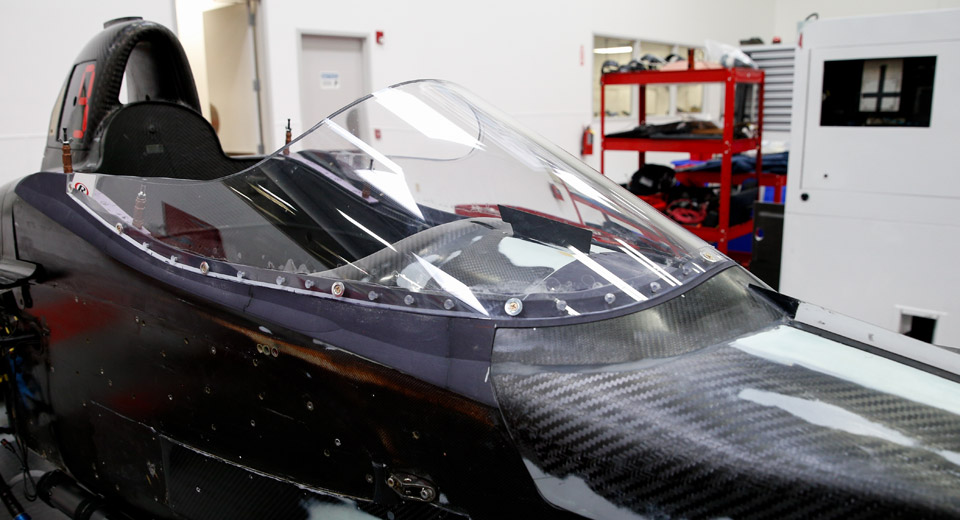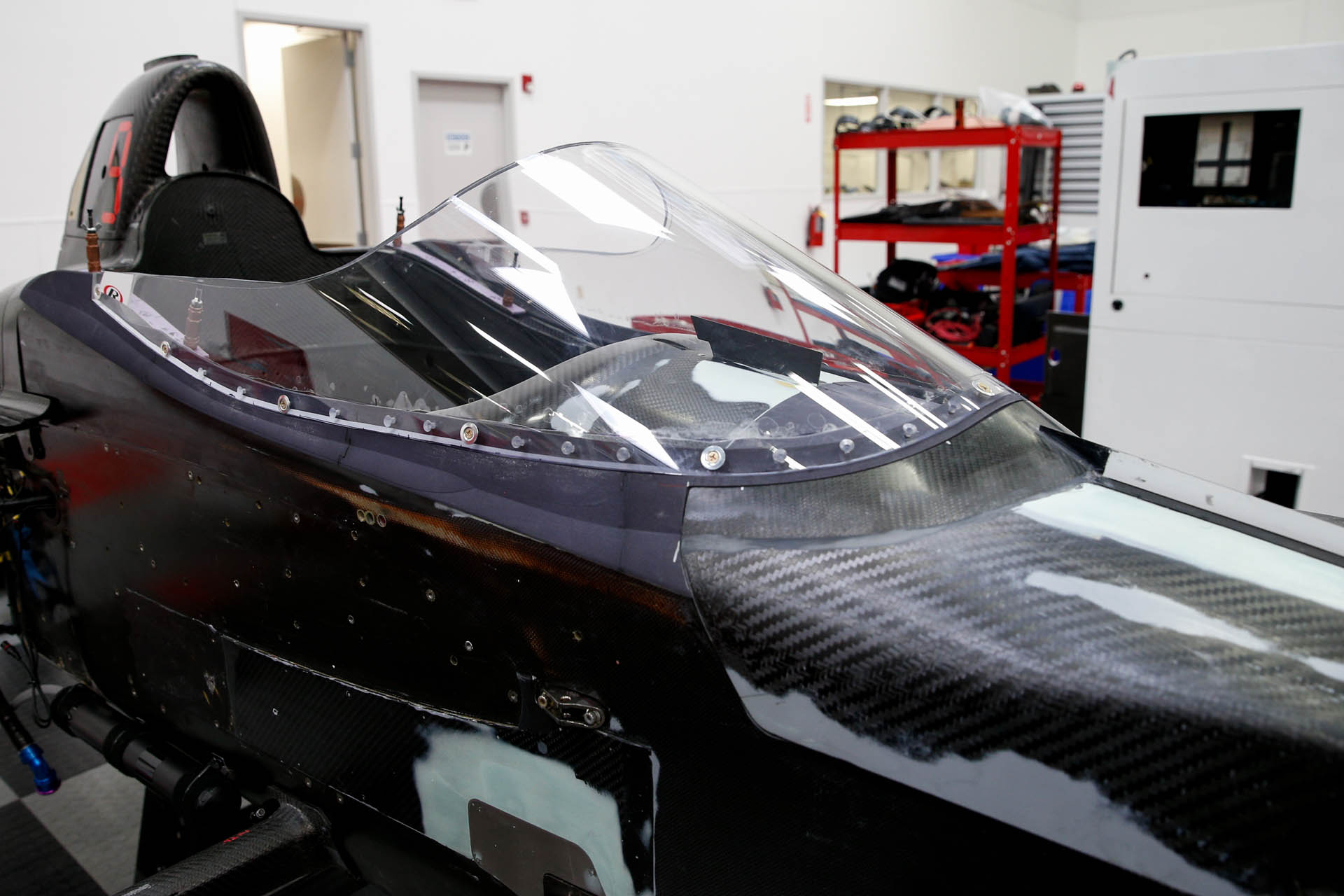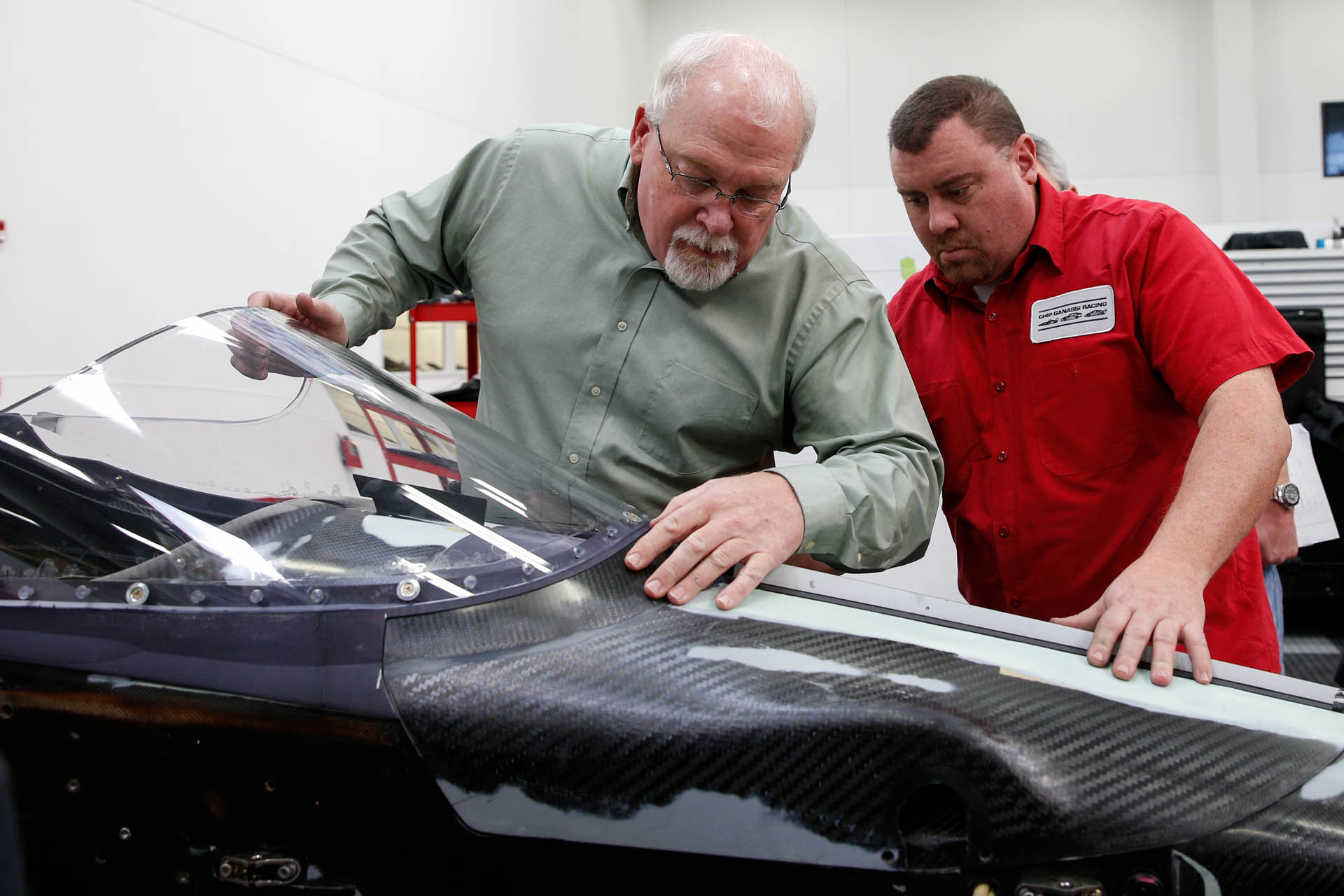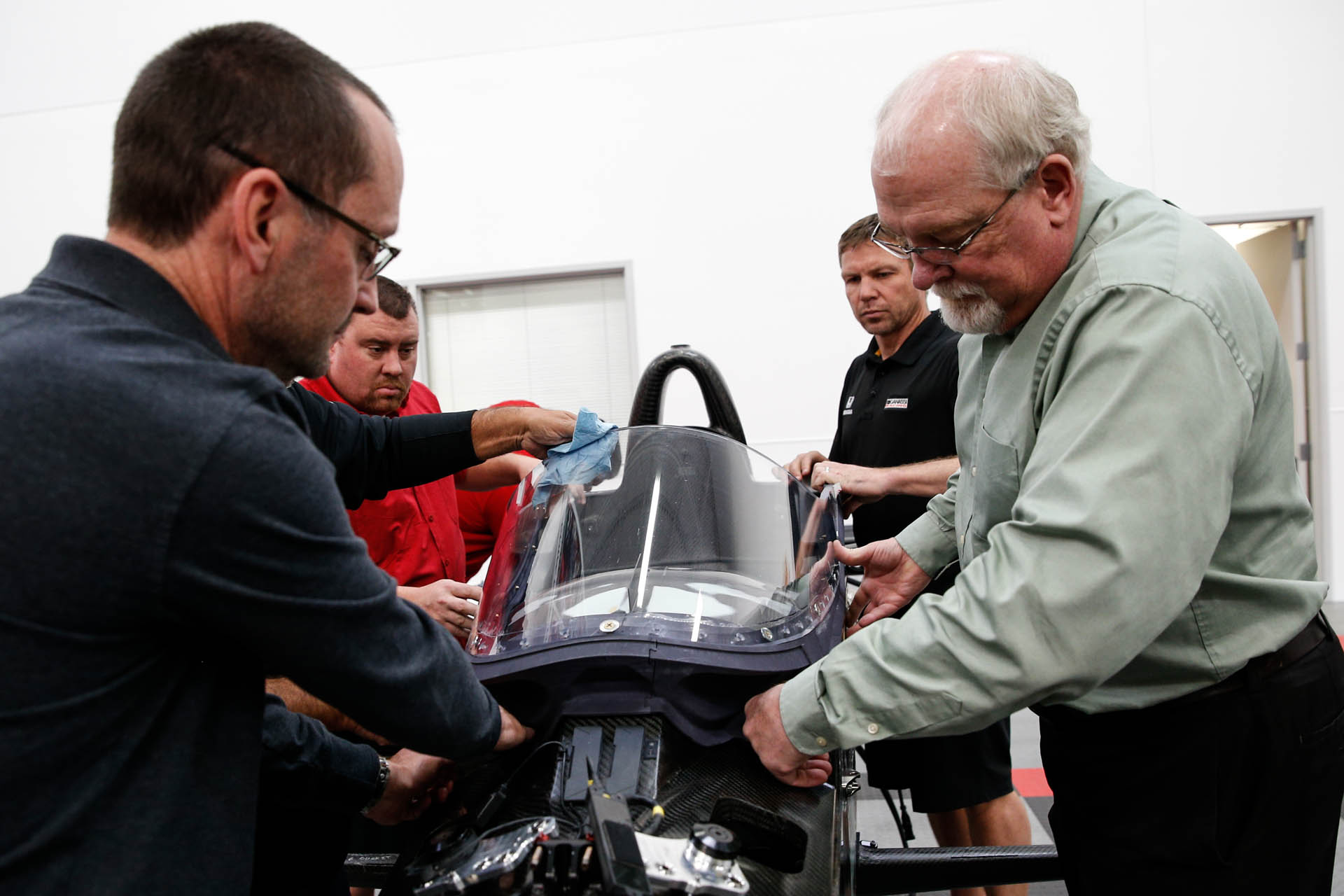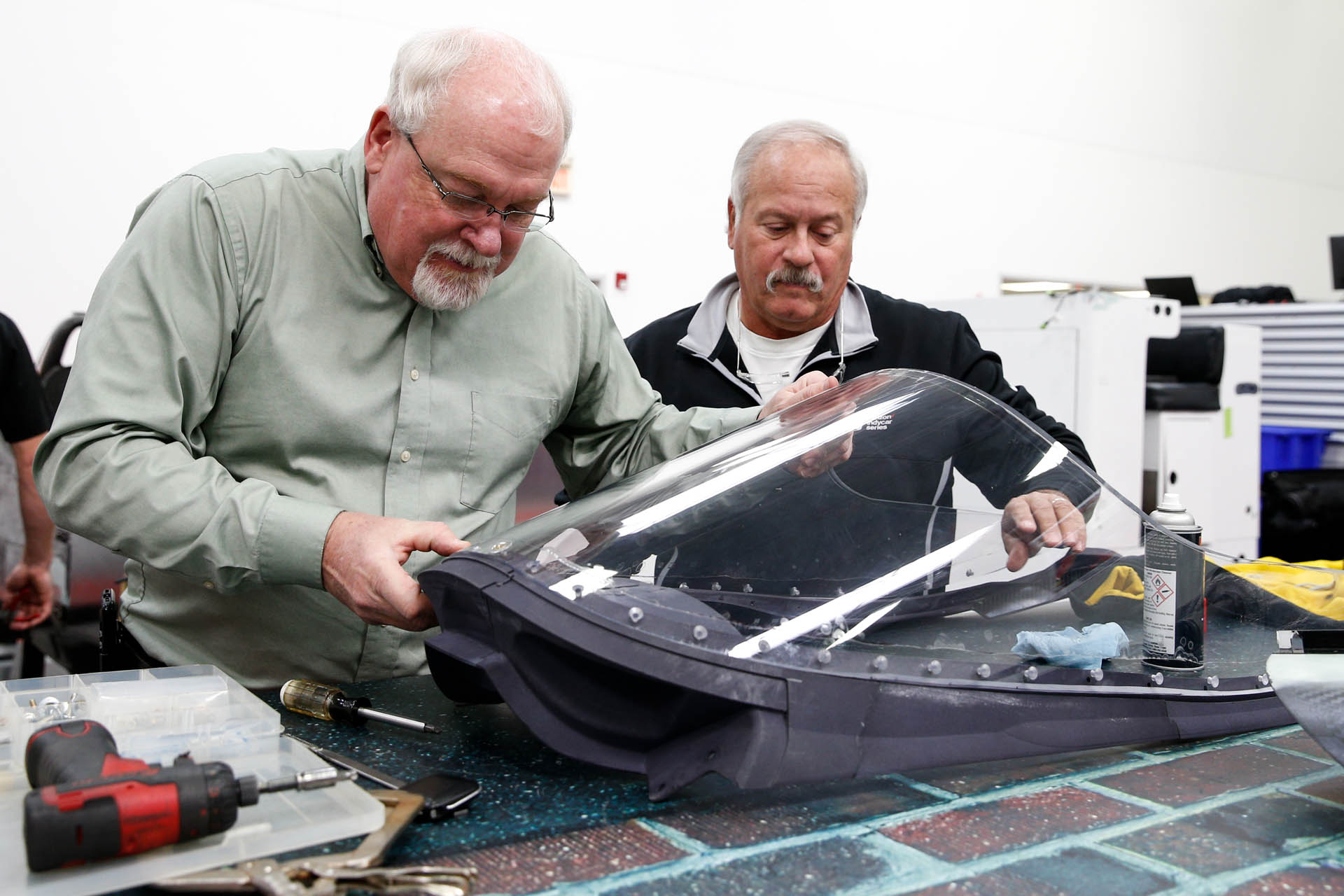The signature open cockpits that have characterized single-seater racing series around the world for decades are rapidly closing. Not completely, mind you, but in part.
The FIA has favored the halo device debuting this year in Formula One and other lower formulae. But IndyCar’s going its own way with a windscreen instead. And it will test the new measure on track for the first time later this week.
IndyCar regulators have rejected the halo device in favor of the windscreen mostly because of the more varied tracks on which its cars compete compared to F1. While the halo wouldn’t impede the driver’s visibility on road courses and street circuits, drivers need to be able to see upwards when rounding banked ovals.
The windscreen they’re developing as a result uses a clear material called Opticor, manufactured by PPG and used already in fighter-jet canopies. The design has already been tested on scale models in the wind tunnel at the headquarters of Dallara, which constructs the chassis that IndyCar uses. But it will be put on track this Thursday at ISM Raceway in Arizona.
There four-time series champ Scott Dixon will put it to the test for the first time during the test session for rookie drivers. Returning veterans will run in the test over the following two days.
“This has been a long process, one that’s been very methodical and purposeful,” said IndyCar competition chief Jay Frye. “We have been striving to create a safety piece that aesthetically looks good and works in all conditions, and this is a test of those things. Any piece we put on an Indy car must work for multiple types of venues and different lighting conditions. It has to be versatile.”



